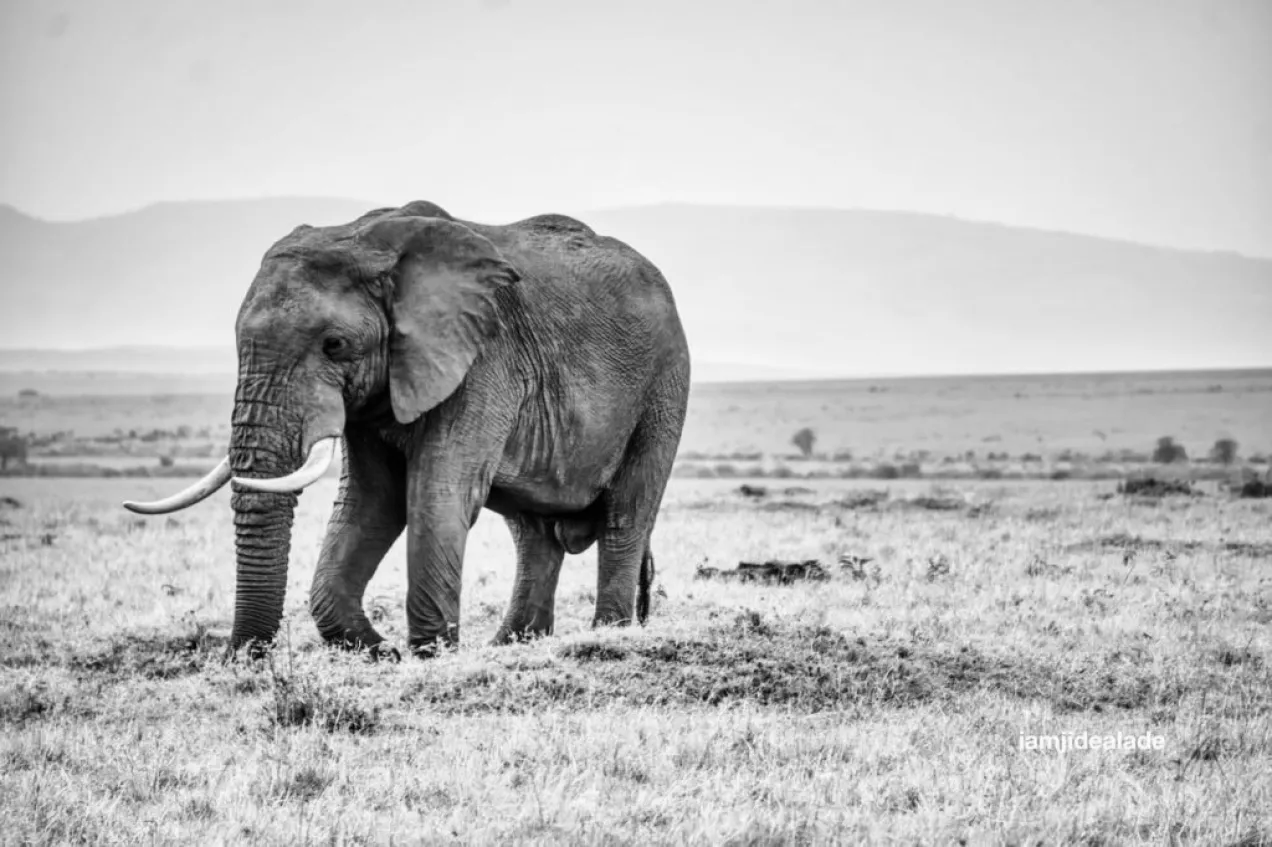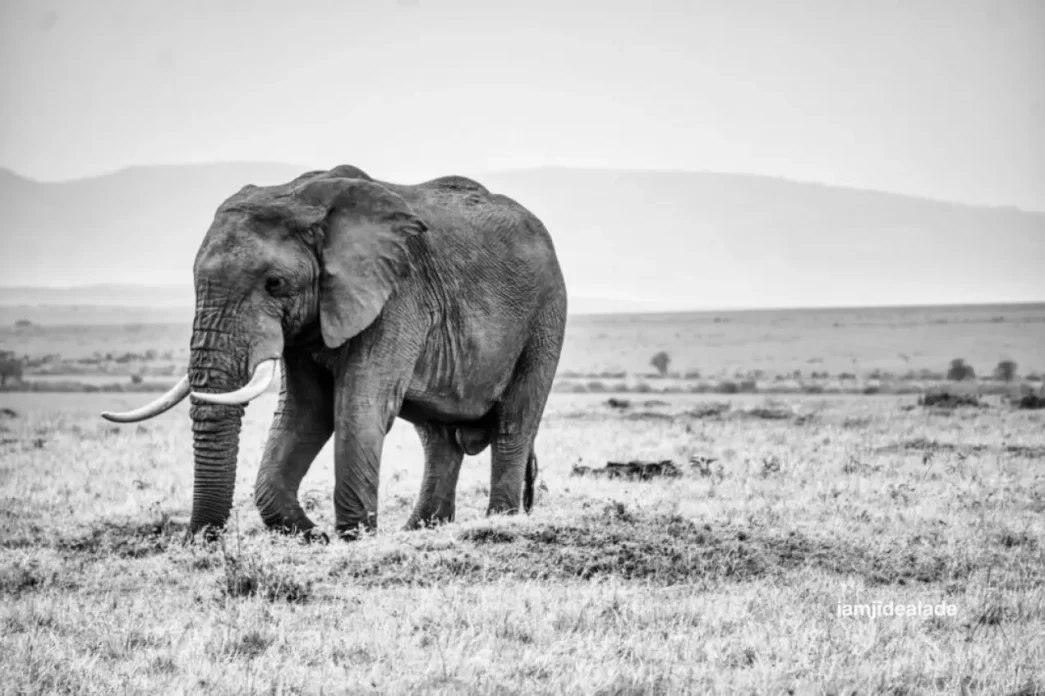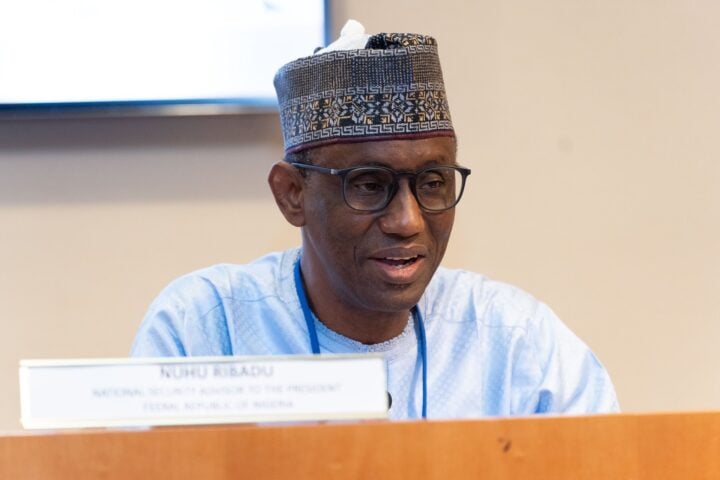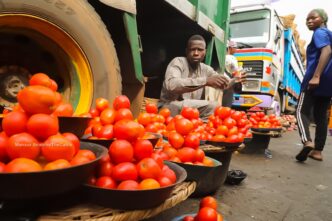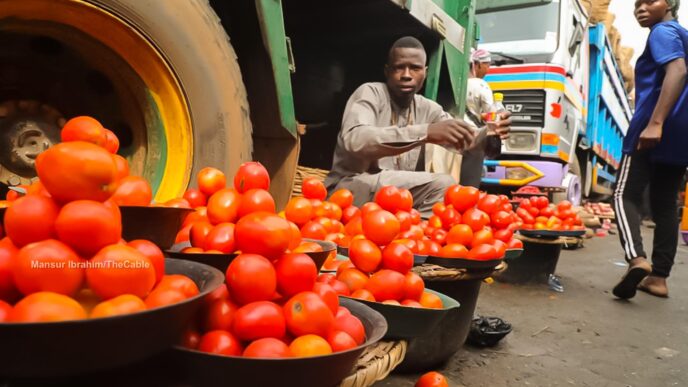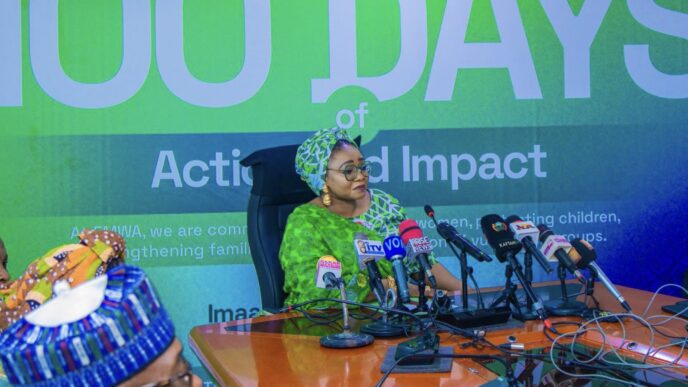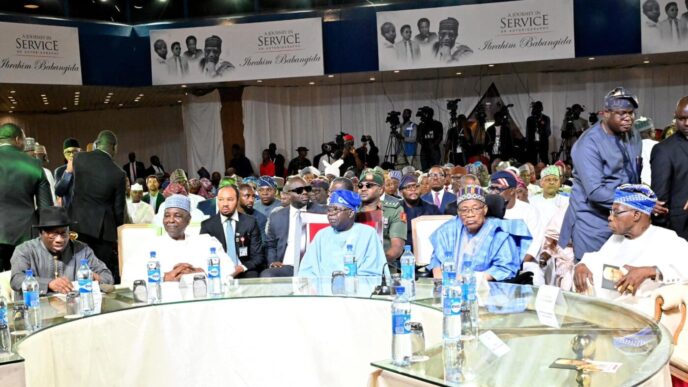Friends, if you ever go to Kenya, never get into an argument with a lion, leopard, hippo, or even a beetle. Even if the animals called your mother a prostitute and your father a bastard, you’ll do well to walk on by.
That is because the Kenyan government takes sides with its animals.
You dare not snigger at these animals or insult them. And heavens forbid you step on a buffalo. It will hop on one foot and cry to the government. Your goose is cooked. Which is another crime – a cooked goose.
Kenya’s wildlife enjoys an exalted status. In 2023, General Lion and crew lined the government’s pockets with over $2.7bn. That is more than the GDP of Burundi, The Gambia, Lesotho, Guinea Bissau, Seychelles Burundi, Cape Verde, Central African Republic, Comoros and Sao Tome and Principe. That is not trifling money.
Advertisement
Kenya’s animals are an asset. Humans are a liability. We make ridiculous demands. Roads. Hospitals. Wage increases. Work From Home. Kenya’s wildlife gets on with it. They don’t spew conspiracy theories. A leopard never identifies as a zebra nor a cheetah complain about fast food. He goes faster, end of. Kenya’s animals are the best citizens a country can have.
I gleaned this insight in a most disconcerting way.
I visited the Maasai Mara and camped in a tent.
Advertisement
Which, if you are a black dude with any sense, you know not to do. Black people don’t camp in tents in the wild. White people do that. They have privileges black people don’t enjoy. If a white dude gets eaten by a hyena, it’ll be on CNN, BBC, FOX, ABC, Al Jazeera. Heck, the misadventure might even result in pressure on the Kenyan government to teach hyenas to love broccoli instead. But if a black dude becomes venison to a hyena, well, it must be stupidity. Black people do not tempt fate.
The Maasai Mara is humongous; 1, 510 sq. km of wildlife. It hosts one of the ‘Seven Natural Wonders of Africa’ – The Great Migration. You must have seen it on TV. Hundreds of thousands of wildebeest, gazelles, zebras, topis and other animals migrate between the Mara-Serengeti ecosystem. Predators – crocs, leopards, lions, cheetahs, hyenas – ambush this migrant horde. It is a stunning spectacle.
My camp was on the bank of the craggy Talek River. The river separates the camp from The Mara. In January, the river is passable on foot and it is not uncommon for animals to cross it into my neck of the woods.
Which was what happened while I was there.
Advertisement
When I checked into the camp, I opted to stay in a tent. I am on a safari and what is more safari-sh than bunking in a tent in the wild. It was a comfortable tent. Two queen beds, two single sofas, a dining area, private showers, WiFi and electricity. My own Ritz Carlton in the wild.
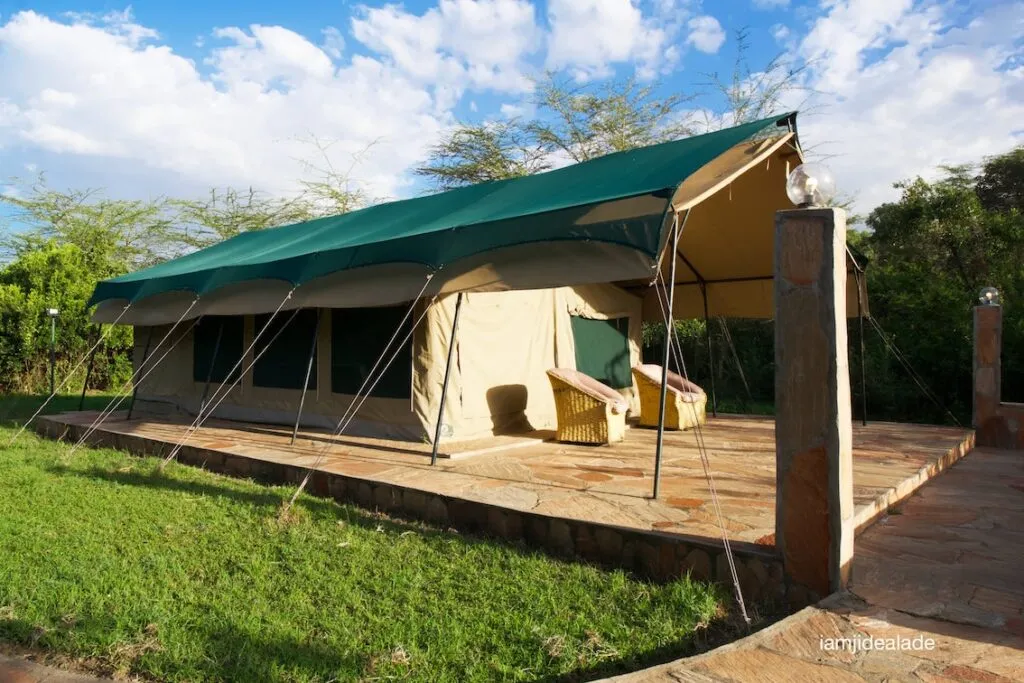
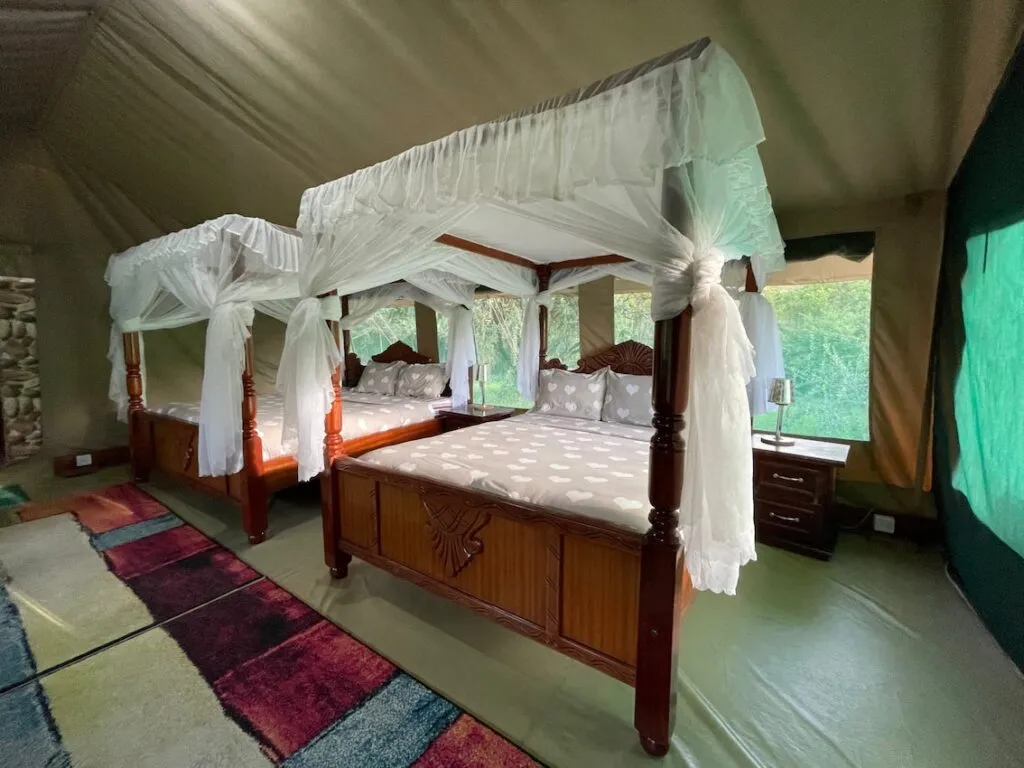
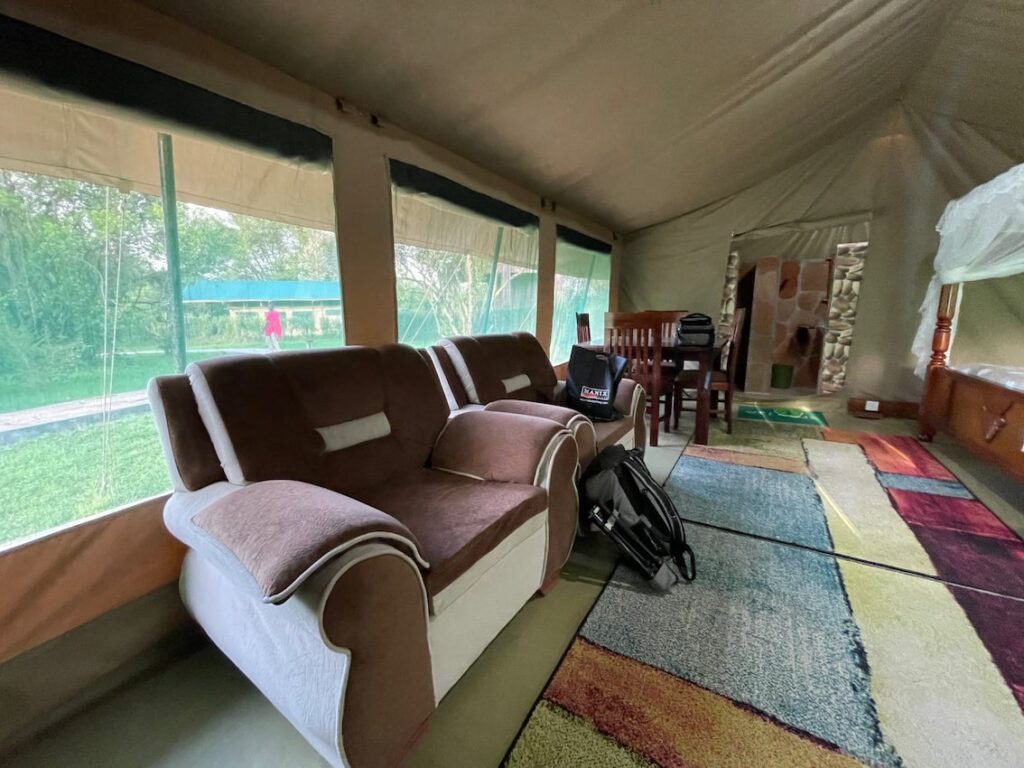
Advertisement
But I’m never staying in a tent again. Ever.
On my first night in the tent, at around 01:30 am, I heard some terrifying animal sounds.
Advertisement
Sure, if you sleep in the wild, you can expect to hear animal sounds at night. A leopard snacking on baboons. Hyenas cracking jokes and laughing hysterically. Pumba snoring or Timon watching Paranormal Activity.
But the sound I heard wasn’t far off. It felt right outside my tent.
Advertisement
I couldn’t sleep. I lay motionless in bed. I feared that if I moved or made a sound, whatever beastie was outside might decide to check in on me. I’m not receiving guests.
The camp has Maasai sentries stationed all around to ward off animals. The Maasai stationed in my tent area was a nice bloke called Simon. Seeing him perched outside my tent was always comforting. But on this night he must not have been about else there would not be a wild beast on my porch.
Advertisement
I’d never prayed harder for daybreak.
The sound stopped at about 4 am. At 05:30 am, I heard the plod of human footsteps. I unzipped the tent a little and peered out. Sure, Simon was sitting outside my tent.
Thank goodness!
I went out to enquire of him. His English was smattering but we communicate. I told him about the frightening noise in front of my tent all night. He asked me to describe the sound. I described it as best as I could.
He smiled and told me it was only a hippo.
Only a what?
“Only a hippo.”
He said hippos sometimes wandered close to the lodge. He stated I had nothing to fear as the hippo couldn’t have been less than a hundred meters away. The night only amplified the sound.
Hundred meters away.
The night amplified the sound.
Usually, when I hear the name “Simon”, I remember Simon Peter who preached the Good News on the Day of Pentecost and 3,000 folks got saved. But this Simon? I could throttle him! How dare he treat my life with such levity! What did he mean by “the night only amplified the sound”? That creature was right outside my tent!
I didn’t believe Simon. I couldn’t. Nobody likes to know the time and manner of their death.
Later I told another Maasai sentry about the encounter. He asked me to describe the sound. I looked stupid imitating the sound.
He said, “Oh, it must be kiboko”
Ki what?
“Kiboko. You know hippopotamus?”
No, I don’t know hippopotamus, you git! You people need help!
I’m a Yoruba boy, not Maasai. I didn’t walk to school through a coalition of cheetahs!
Having shaken off my jangled nerves, I asked the workers in the lodge what would happen if a guest was being mauled by an animal.
The default action, they said, was to chase the animal away and not kill it. Killing is the last resort. Animals have protected status in Kenya.
This safari is looking like a very bad idea.
Rangers at the Ol Kiombo airstrip confirmed the protected status of the animals. If a plane was approaching landing, and there was, say a ngiri (warthog) having a siesta on the runway, the pilot would circle till the hog went away. Or till the rangers were able to plead with it to leave.
Do you know those dumb questions some HR folks like to ask at interviews? Like “If you could be an animal, what animal would you be”? Well, I’ll tell you: I’d love to be any animal in Kenya. Because then you won’t have to ask me stupid questions. I’ll report you to the government!
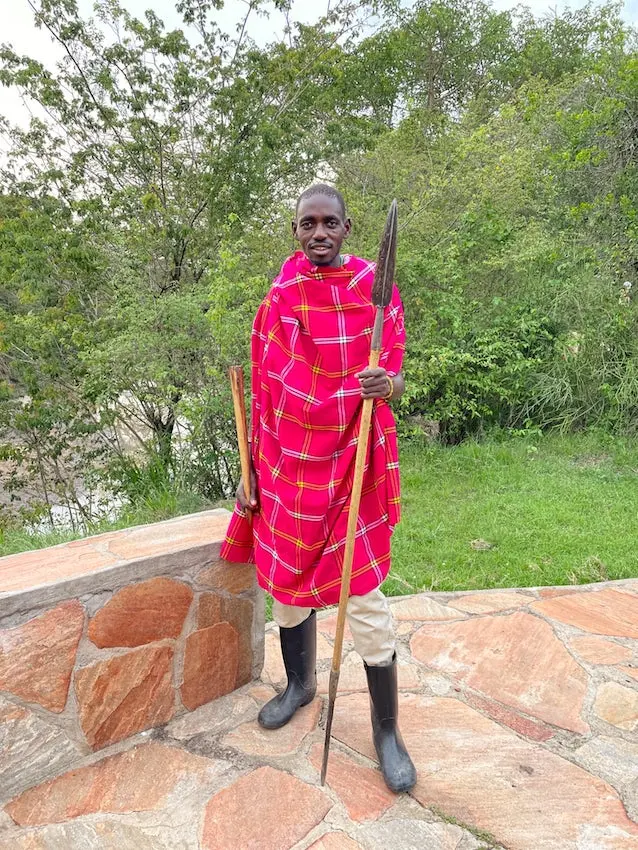
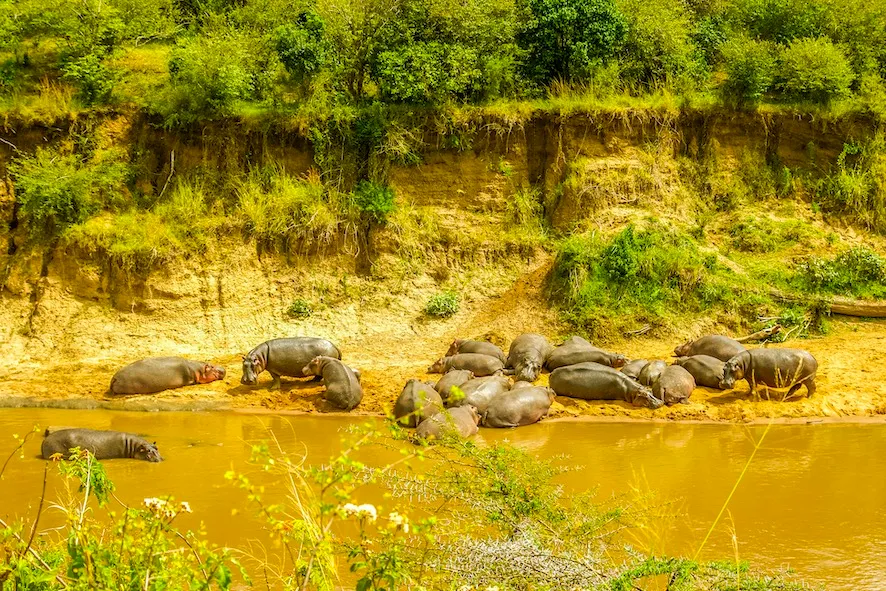
Having shaken off my nerves, I asked the workers in the lodge what would happen if a guest was being mauled by an animal. They said the default action would be to chase the animal away and not kill it. Killing is the last resort. Animals have protected status in Kenya.
There you have it. A giraffe’s life matters more than mine.
Rangers at the Ol Kiombo airstrip confirmed the protected status of the animals. If a plane was approaching landing, and there was, say a ngiri (warthog) chilling on the runway, the pilot would circle till the sun-tanning hog went away. Or till the rangers were able to plead with it to leave.
You know those dumb questions some HR folks like to ask at interviews? Like “if you could be one animal, what animal would you be”? Well, I’ll tell you: I’d love to be any animal in Kenya. Because then you won’t have to ask me stupid questions. I’ll report you to the government.
Anyway.
The lodge personnel always advised I zip up my tent anytime I went out. For right across my tent and the dried Talek River was a troop of baboons. Simon told me these baboons sometimes enter unzipped tents and pillage them.
What?! Thieving irreligious primates!
The thought of a baboon stealing my passport filled me with dread. I could imagine a baboon presenting itself at immigration with my passport.
Throughout my stay, these baboons cased my tent. On the day I checked in, I heard them gossiping about me.
Baboon 1: Oh, not a black guy!
Baboon 2: Yeah, black people never have things to steal.
Baboon 3: This one looks like he might even steal from us.
Baboon 4: Mustafa needs to be more discriminatory about who he accepts into this camp. There seem to be no standards these days.
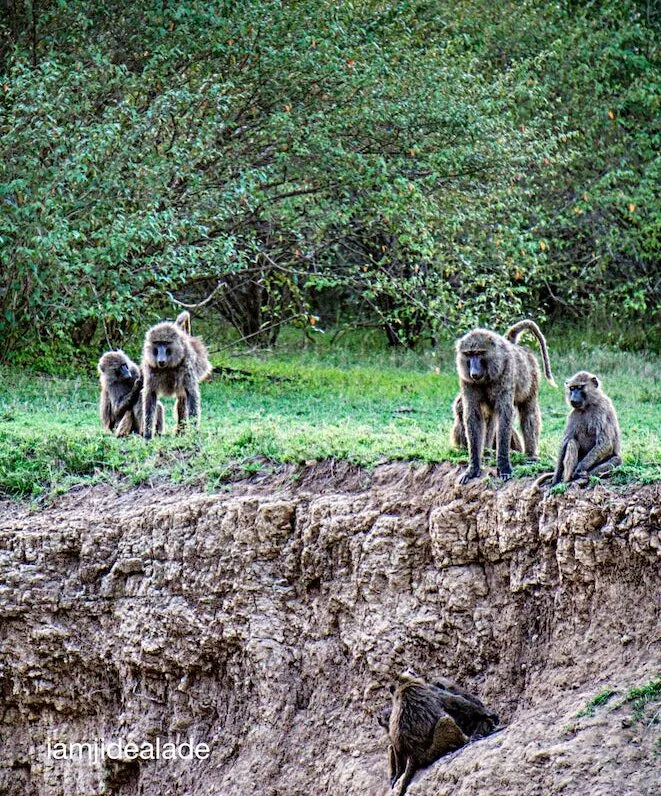
Mustafa runs the Talek Bush Camp. Nice bloke. Takes some mean wildlife photography too. On my first day, he advised me not to walk alone to the Talek town center when it was dark. A few months prior to my visit, three lions were spotted around the path to the town centre.
Lions? Did he say lions? As in Mufasa and Scar?
Gulp.
Hot Air Balloon
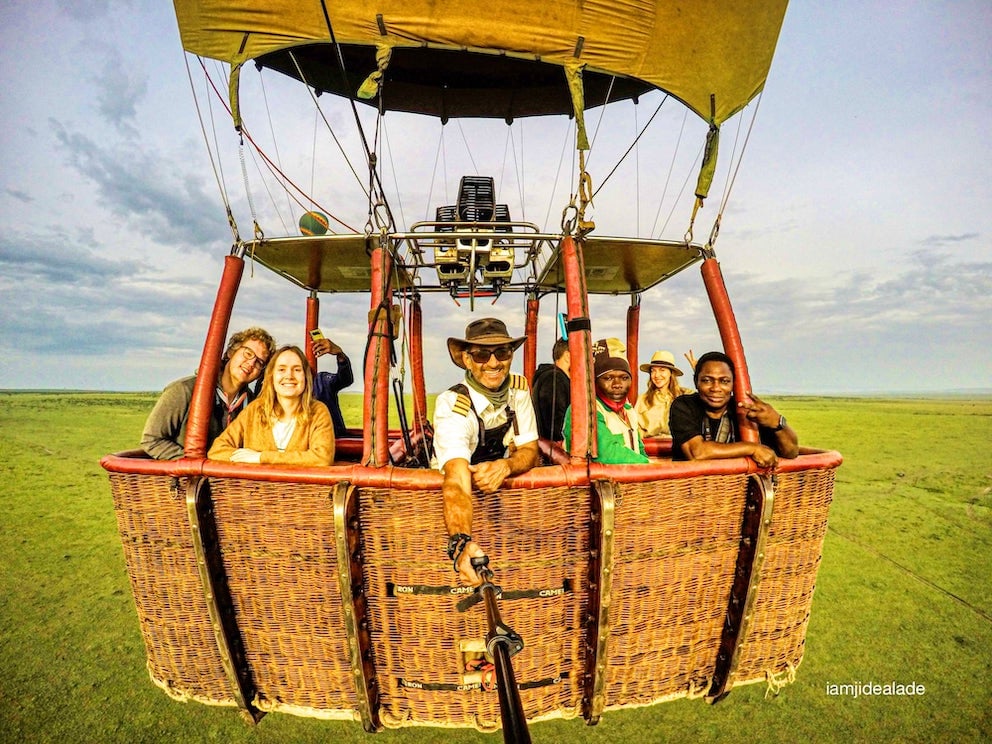
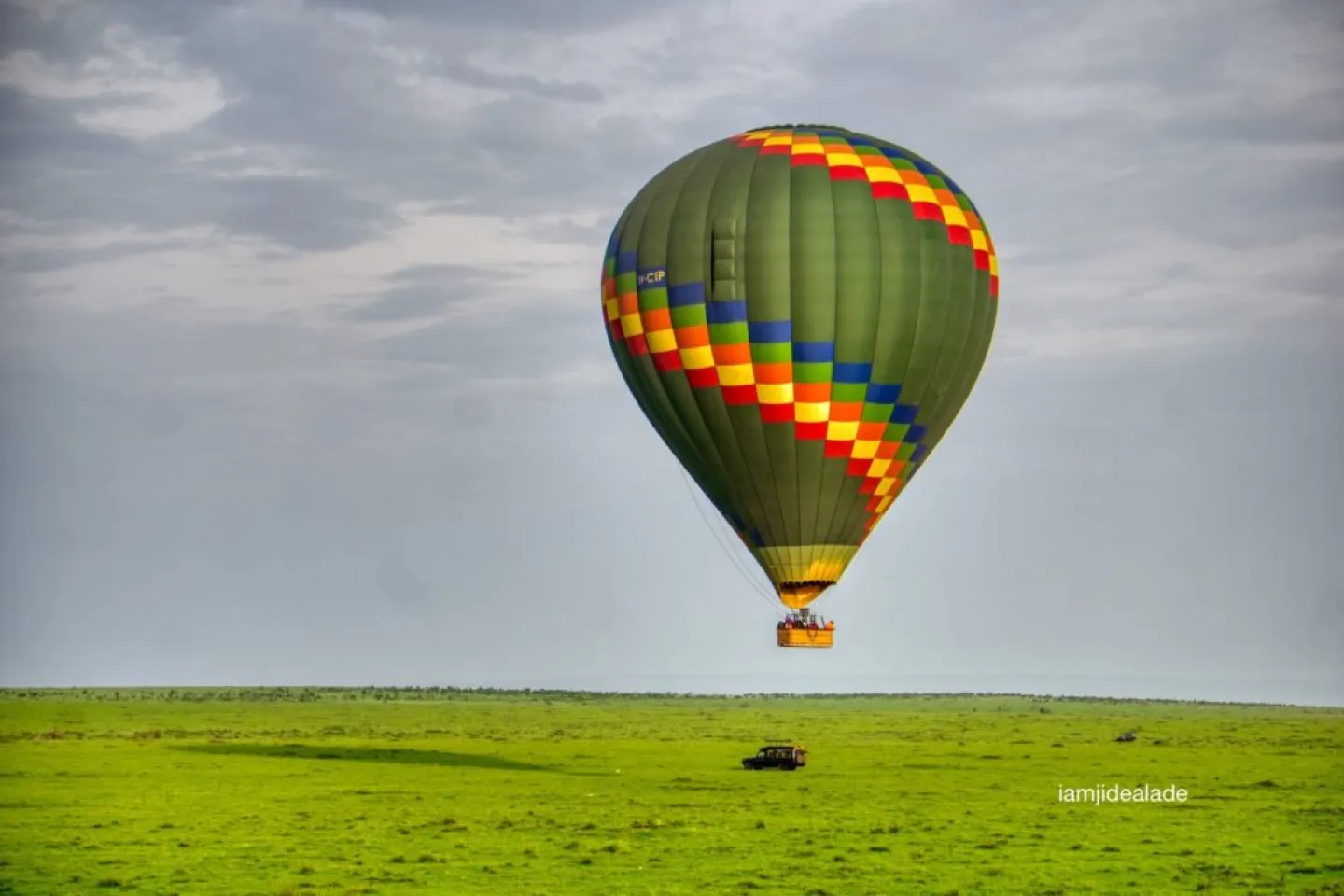
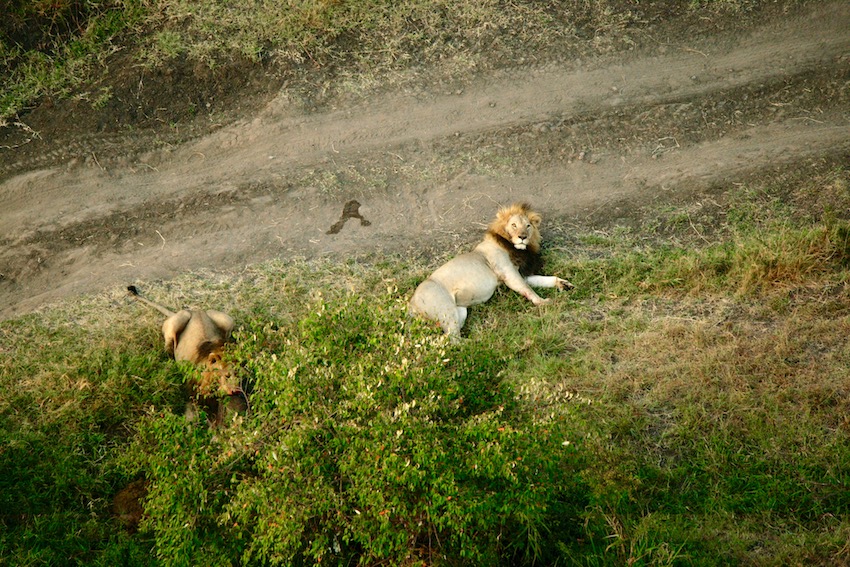
I’ve jumped out of a perfectly good plane before but have never been in a hot air balloon. I therefore looked forward to taking to the Mara skies in one. For $480, you get a 1-hour balloon ride, breakfast in the wilderness, a brief game drive and and return to your camp. It is pricy but the experience is worth every penny of it.
A driver picked me up at my camp at 05:30 am in a 4×4. We drove into The Mara. You could see glints in the dark. Animal eyes. I wondered if there was a lion amongst them rousing: ‘Man, it feels like a good day for some Nigerian meat and egusi.’
Getting to The Mara
Safari in Kenya is not cheap. It will cost you. But if you are a savvy backpacker, you can reduce your costs with shrewd planning and research.
Your safari starts with transportation. You can fly to The Mara via a single-prop aircraft from Nairobi, or you can go by road. The former is a 45-minute jump. The latter, over 6 hours. The former will set you back some $200 one-way. The latter is $65. I chose the latter.
Now, there was another reason why I chose to go to The Mara by road; the Great Rift Valley escarpment at Mai Mahui. The plains roll out before you and cover much of East Africa. It was magnificent. Standing on the escarpment and viewing the Rift Valley, I felt like Moses on Mt Pisgah looking at the Promise Land.
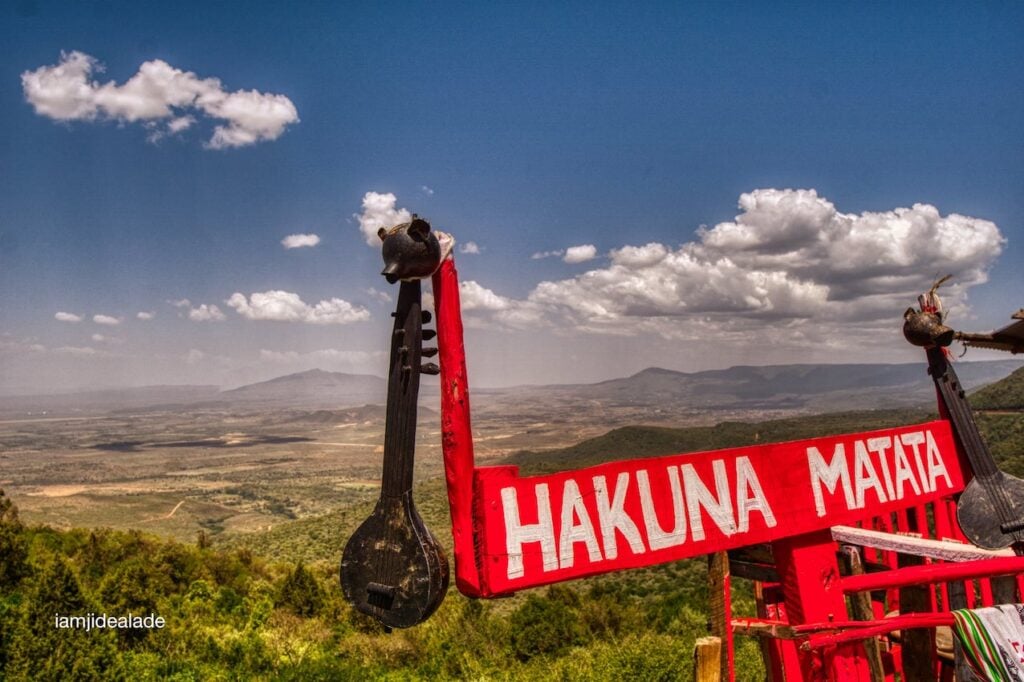
I hired a taxi from Nairobi to Narok, a small city about a three-hour drive. It cost me 6,000Ksh or $52. I could have gone via a matatu – Kenya’s danfo – for $15. But the matatus don’t stop for pictures at the Rift Valley escarpment.
Narok is a small Maasai city. I call it the last post of civilisation before The Mara. It is the place to equip yourself with last-minute provisions; water, juice, biscuits, crisps, the odd bits and bob. For after Narok, perish all thought of finding a bank, filling station, ATM or a supermarket.
From Narok, I then took a shared taxi headed for Talek. The Talek region is a pastoralist settlement that borders the Maasai Mara National Reserve. The taxis take six passengers; four at the back, and two in the front. It was 700Ksh per passenger. I opted to pay 1,400Ksh so I could sit in the front alone. So, that’s another $12.
The drive from Narok to Talek was two and a half hours long. But what amazing scenery! The best way to see a country is always by road or rail.
Now, let me warn you. At some point during the journey, the taxi will turn off the bitumen road into some Savannah bush. No humans. No other vehicles. Only shrubbery. Quiet. Insurgent-ish. I’d read a lot about travelling to the Talek Bush Camp by road. None of the accounts said anything about this unsettling leg of the journey. It was about 45 minutes long.
Then out of nowhere, we burst into the Talek Town Center.
Phew!
The Talek ‘Town Center’ is perhaps more appropriate a village center. But if these fine folks decide to call it the Talek Metropolis, a metropolis it is!
From the Talek Town Center, I then took a ‘boda’ (okada) to my camp. It’s a distance of about 300m. I was stiffed 100Ksh for the ride.
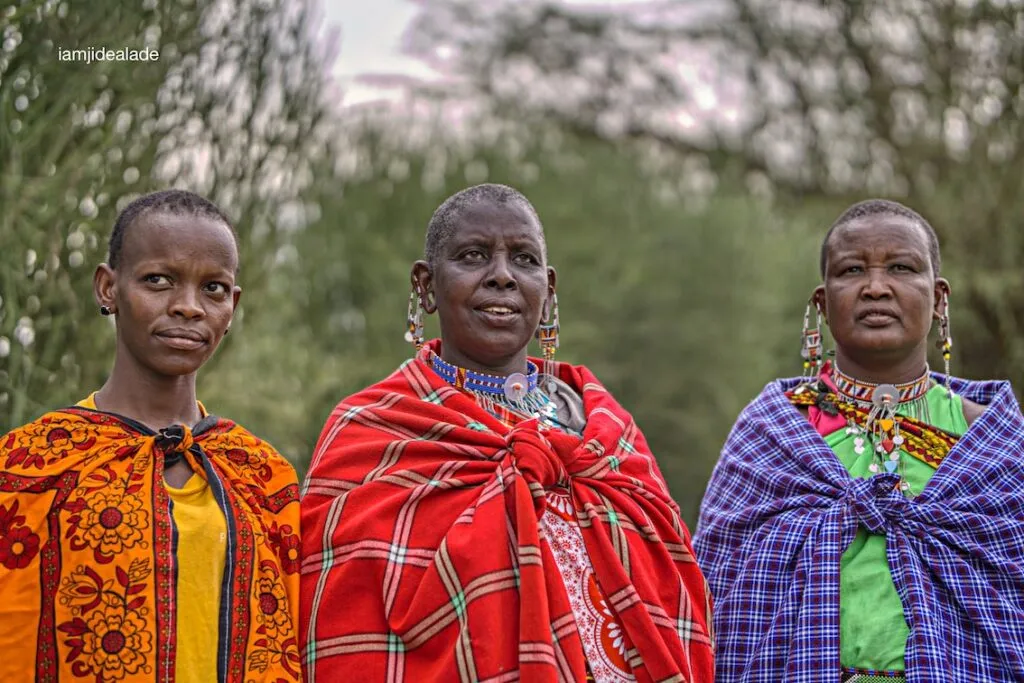
There are six gates to the Maasai Mara: Sekenani Gate, Talek Gate, Sand River Gate, Oloololo Gate, Musiara Gate and Ololamutia Gate. The gate by which you enter depends on where your camp is. The closest gate to me was the Talek Gate. Drive distance between the gates can be up to thirty minutes.
You pay $70 at any of the gates to get into the reserve per day per individual. So, if you want to visit the reserve for four days, you’ll have to shell out $280 in total. This excludes the cost of the game drive. That’s anywhere between $120 to $150 per day. Hot air ballooning is between $450 and $500. Then there are the flights, the accommodation and the tips. Yeah, safari in The Mara is not cheap.
I decided to return to Nairobi by air. The nearest airstrip to the Talek Bush Camp was the Ol Kiombo airstrip. The previous day, I’d made arrangements with two Maasai brothers with a usable vehicle to drop me off at the airstrip. It was their hustle. Cheaper than the lodge dropping me off. Never forget that I’m a cheapskate.
The brothers arrived early in the morning with their vehicle. I couldn’t make out the name or model. It was rusty red, with a shift stick and worn tyres. They may well have built the car themselves. I was apprehensive that the vehicle might not make it to the airstrip and we’ll be stuck in the haunts of carnivores. But the brothers swore by their vehicle.
We made it. The airstrips are in The Mara. So the drive to the airstrip feels like a game drive. Only faster. “The Gods Must Be Crazy.” It was surreal.
A single-prop plane was my chariot to Nairobi. I hate those things! When they are buffeted by the wind, they feel like they could drop out of the sky. There were only four passengers with two pilots. If you paid for Business Class, you’d sit on the wings.
Kidding.
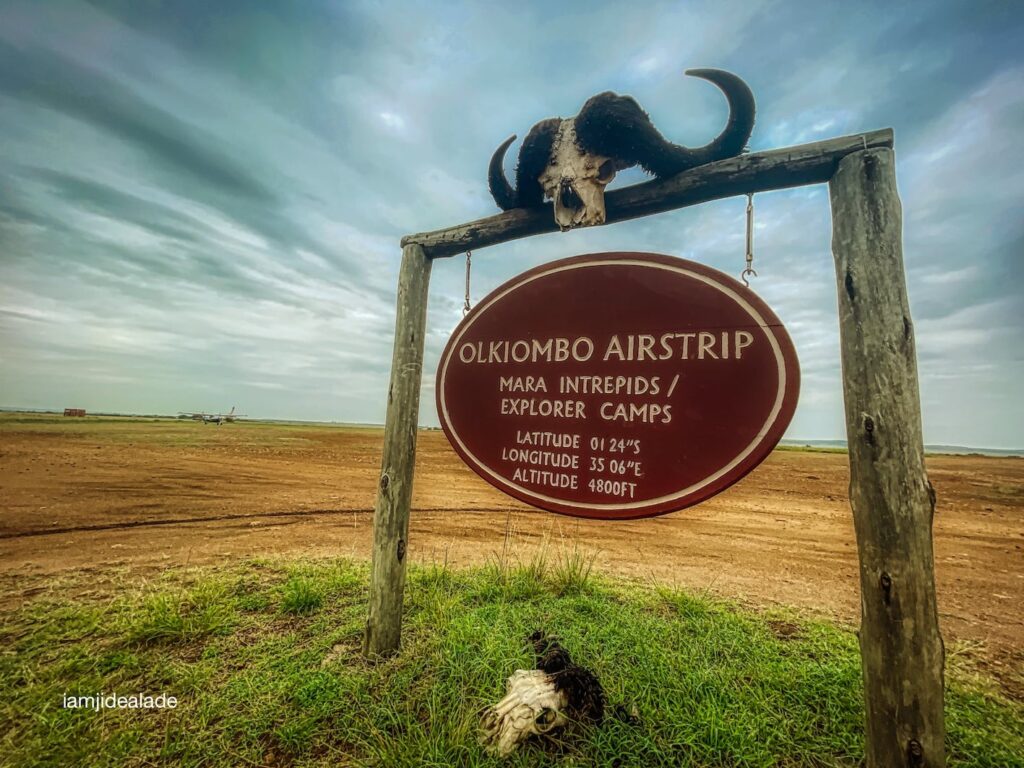
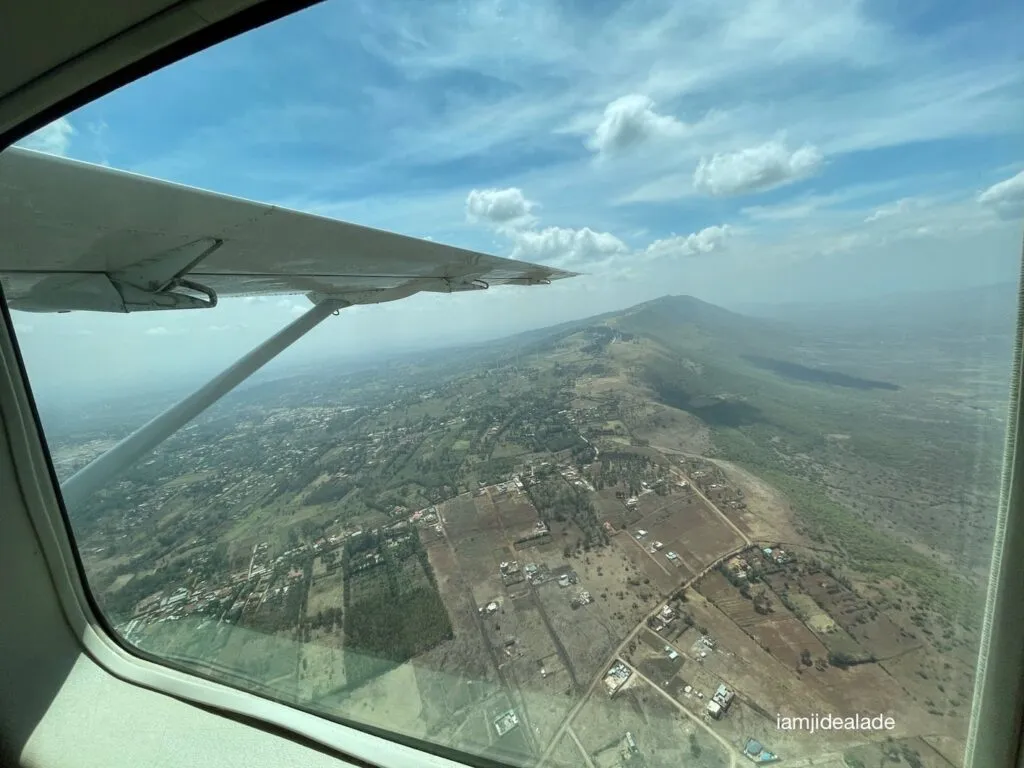
Trip to Mombasa
So, on to the Indian Ocean oasis of Mombasa, Kenya’s second-largest city. Laid-back. Historical. Fusion of cultures and food. My kind of city.
I decided to travel to Mombasa by rail. The new and ultra-modern “Madaraka Express.” Five hours either way.
It could have been worse. Not long ago – till 2017 – the journey could have taken anywhere between 18 and 24 hours. That’s because the single-gauge rail line broke down often. People didn’t know when they’d arrive in Mombasa. The anguish the line caused travellers earned it the moniker the “Lunatic Express.”
Do you remember that old flick “The Ghost and The Darkness” starring Val Kilmer and Michael Douglas? About those ghastly man-eating “Lions of Tsavo” that savaged rail builders? It was a true story. The line they were building was indeed the Lunatic Express.
But the Lunatic Express has given way to the ultra-modern Madaraka Express. It zips to Mombasa like a gazelle. It is a standard-gauge rail built by the Chinese and commenced operation in 2017.
One fun fact about the Madaraka Express? It’s never been late! And that was my experience. It departed Nairobi for Mombasa at exactly 3 pm, its published time. It was the same coming back to Nairobi. Left the Mombasa Terminus at 3 pm on the dot.
In your face, ‘African Time’!
The Madaraka Express passes through the Tsavo East and Tsavo West National Parks. You’d see elephants, giraffes, zebras, gazelles and other wildlife wandering close to the rail line. The announcement on the train’s public address system assured us that carnivores were also resident in the reserve. It was a scenic journey. Mt Kilimanjaro formed a backdrop against the shrubbery.
Man, I could live in Kenya!
I stayed at the Bahari Beach Hotel. Nice place. My window overlooked the ocean. I will live long with views like that.
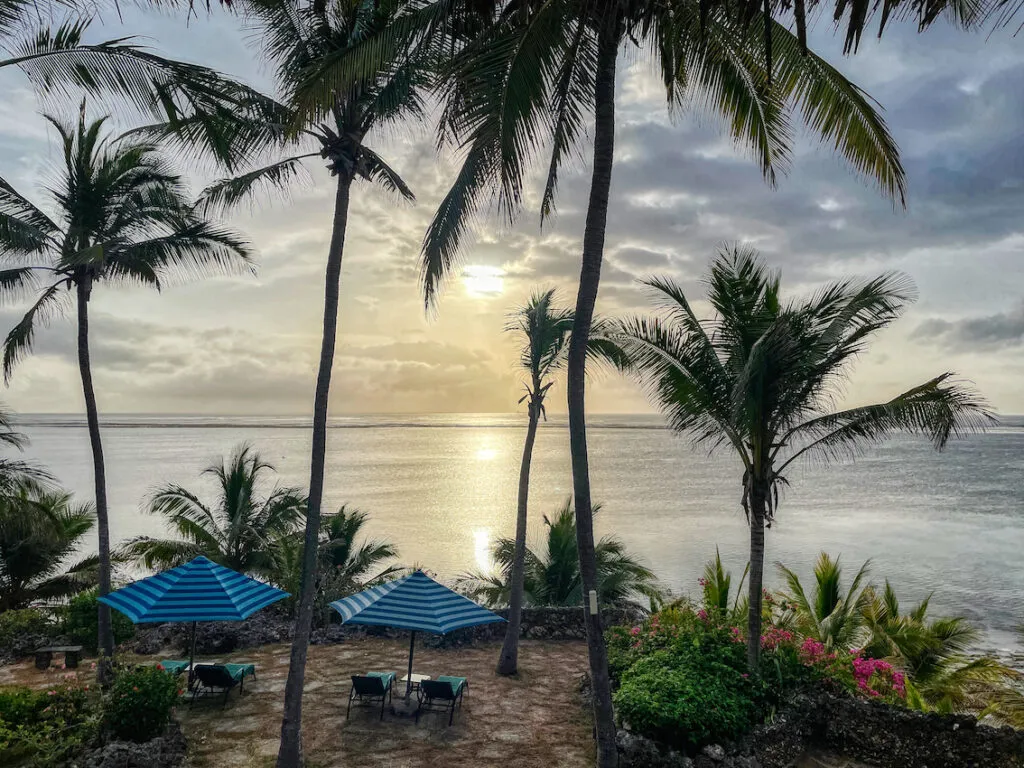
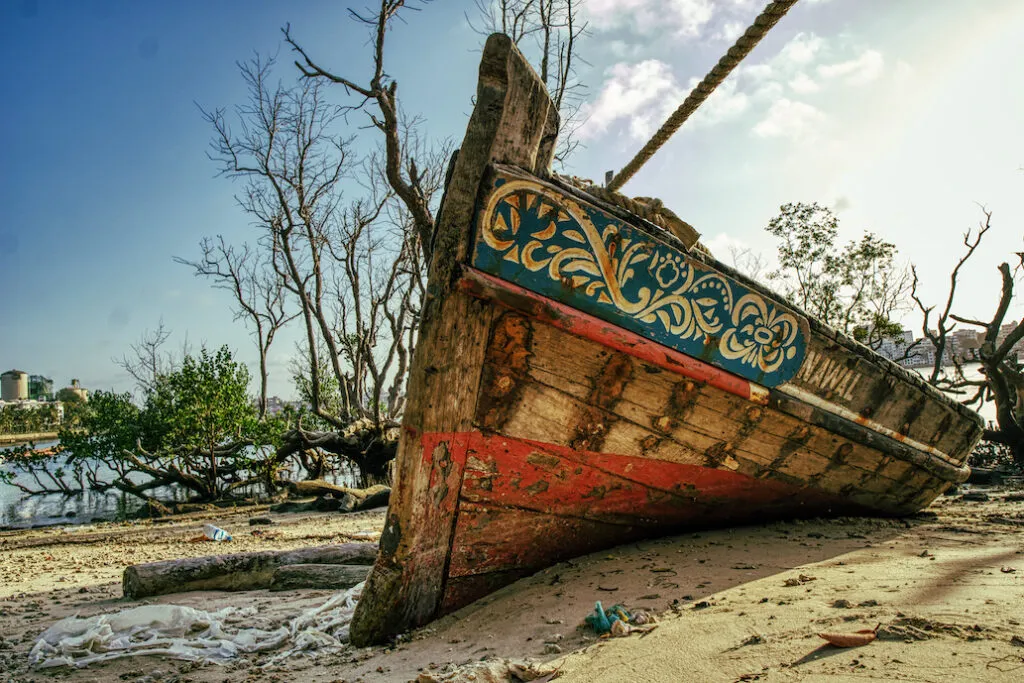
I enjoyed Kenya. I wished I had more time. I was in town on business, so the days were accounted for. But I’ll be back. Too many things to do. I wanted to visit Iten, the legendary home of Kenya marathoners. Maybe they could give me a few tips on how to lose weight. Currently, I run 100m in 10 minutes. But I’ve heard marathoners-in-training run 10,000km every morning to warm up. And they don’t eat bacon and sausage. Good for them. The wicked runs when no one chases him. Besides, if eating only greens and salad made you lose weight, hippos wouldn’t be fat, would they?
But Kenya, I shall be back!
Views expressed by contributors are strictly personal and not of TheCable.

